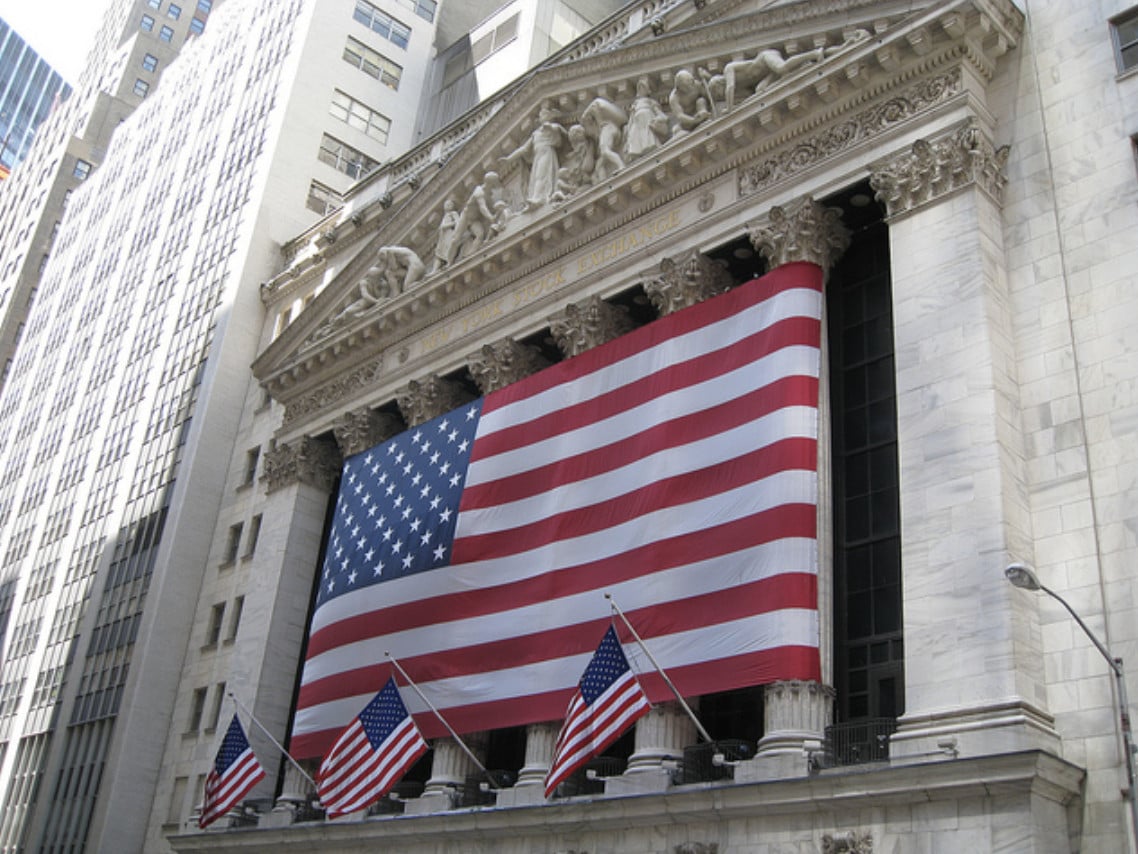New York’s economic picture is much healthier than it was during the depths of the Great Recession. Although the economy may not be racing ahead at the rate it was a few years ago during the build-up to the housing bubble, it certainly has escaped the abyss and is growing at an excellent rate. This has significant implications for the housing market.
To appreciate where we are, it is important to remember the depths in which we’ve climbed. The housing bubble helped fuel economic growth as people purchased homes. This fueled construction and another consumer spending, such as furnishings, not to mention a whole industry based on packaging the mortgages to sell to investors. The subsequent bursting of the bubble caused jobs to disappear. New York’s economy was not immune, as layoff notices were handed out, including high-paying jobs on Wall Street and construction.
An examination of the New York State’s unemployment rate will illustrate the point. The price has climbed from under 5% in April 2008, to reach 8.9% in September 2009. It stayed at this stubbornly high level for nearly three years, before gradually declining after July 2012. It currently stands at 6.8%. Although still relatively high, it is a vast improvement from a couple of years ago.
This reflects an improving economy. It wasn’t always a smooth path, including turmoil in the Middle East and the resultant rise in energy prices, and sluggish growth in Europe. In spite of sequestration and the consequent cut in Federal spending as well as a rise in payroll taxes earlier in 2013, the U.S. fourth-quarter GDP rose at a 2.6% rate.
Not surprisingly, the housing market has picked up as the economy has expanded and employers have started hiring.
According to the S&P/Case Shiller Home Price Index, New York City’s prices hit a high level in 2006, before plummeting to recent low levels in 2009. Prices scraped along these levels, before picking up in 2012, and last year saw a nice gain.
Barring an unforeseen shock, such as a geopolitical event, the economy seems poised for another year of growth. For instance, the IMF forecasts the U.S. GDP will expand at a 2.8% rate this year. Although the bitterly cold weather earlier this year, including in the populous Northeast region, probably held down growth, the impact is expected to be temporary. In fact, the Federal Reserve is confident enough to cut back on quantitative easing, or the purchase of long-term Treasury securities and mortgage-backed bonds.
While mortgage rates may rise. As a result, it is still at very low levels by historical standards. As the economy improves, it becomes self-sustaining as a more confident consumer increases spending. While we may not return to the bubble days anytime soon, that is not sustainable and inevitably ends badly. However, the housing market could continue picking up steam as employment picks up, and those with jobs grow more confident they will remain gainfully employed.

